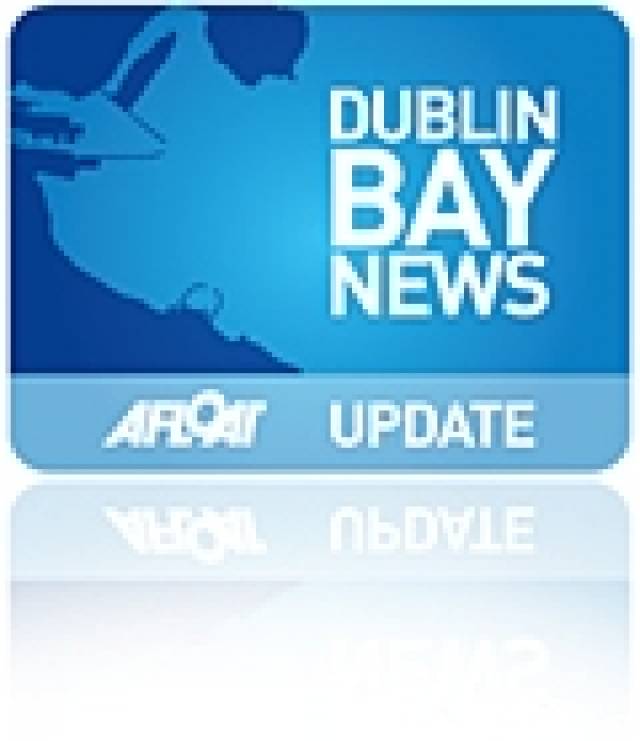A new masterplan to make Dun Laoghaire a port of call for the cruise liners of the future is on the cards, according to The Irish Times.
Gerry Dunne, chief executive of the Dun Laoghaire Harbour Company, said Ireland's east coast is in need of a facility to cater for cruise ships of the size currently being built.
Plans would involve excavating the harbour to a depth of 9.5 metres and building longer berths to accommodate ships that will reach more than 300 metres in length
Dunne said Dun Laoghaire needed to think about its future as the harbour's "lucrative contract" with Stena for its high-speed ferry service is due to expire in April.
The plans are supported by Dun Laoghaire-Rathdown County Council and the local chamber of commerce. No details of costs or funding of the project have yet been made available. The Irish Times has more on the story HERE.
As previously reported on Afloat.ie, the Dun Laoghaire Harbour Company has issued an invitation to tender for a new floating berth for cruise liners despite being refused permission to continue development of the Carlisle Pier site.

























